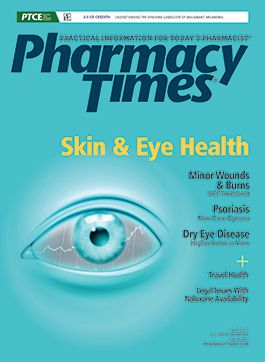
Publication
Article
Pharmacy Times
Children Face Greatest Risk of Sport-Related Eye Injuries
Author(s):
A majority of the approximately 30,000 sports-related eye injuries requiring an emergency department visit that occur each year in the United States are experienced by children and teenagers, a recent study has indicated.
A majority of the approximately 30,000 sports-related eye injuries requiring an emergency department visit that occur each year in the United States are experienced by children and teenagers, a recent study has indicated.
The study, published in JAMA Ophthalmology, evaluated data on 30 million emergency room visits from 2010 to 2013, 120,847 of which were the result of sports-related eye injuries. Based on their analysis, the researchers determined that 60% of males and 67% of females with these injuries were 18 years and younger.
“These numbers represent only the injuries coming to the emergency room,” said lead author R. Sterling Haring, DO, MPH, in a press release. “Once you account for the number of people going to urgent care centers, community eye doctors or primary care physicians, the numbers are probably much higher.”
The research team also discovered that the sports most likely to lead to eye injuries in boys were basketball (26%), baseball or softball (13%), and air guns (13%), while the riskiest sports for girls were baseball or softball (19%), cycling (11%), and soccer (10%). Additionally, 21% of baseball and softball injuries led to fractures in the bones around the eye, and 26% of all cases of visual impairment were the result of injuries sustained using air and paintball guns.
“These are one-time injuries that can have lifelong impacts on the ability to gain an education, to earn a livelihood, to read or drive a car,” Dr. Haring explained. “This needs to be recognized on the policy level and on the personal level as something we should be paying attention to.” —By Ryan Marotta

2 Commerce Drive
Cranbury, NJ 08512
All rights reserved.





